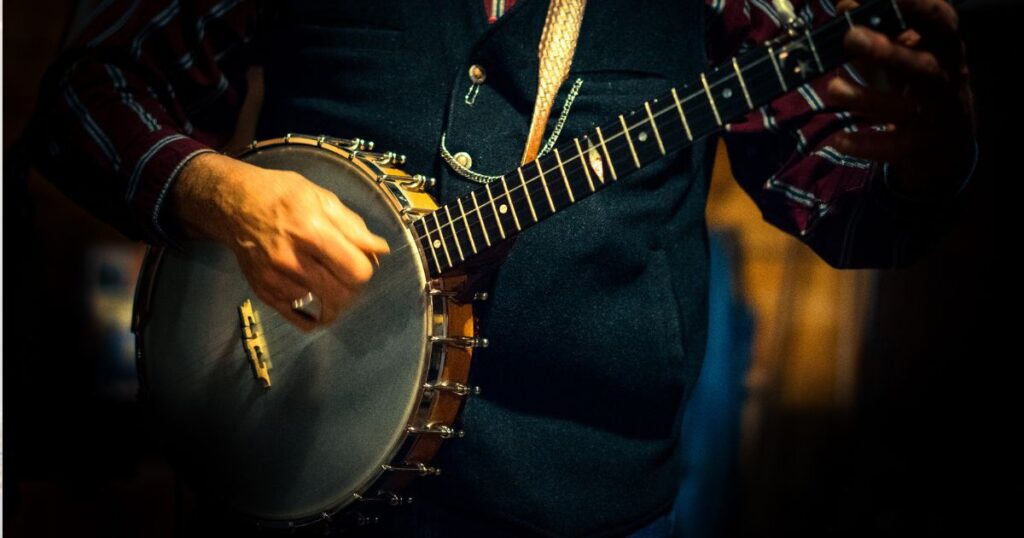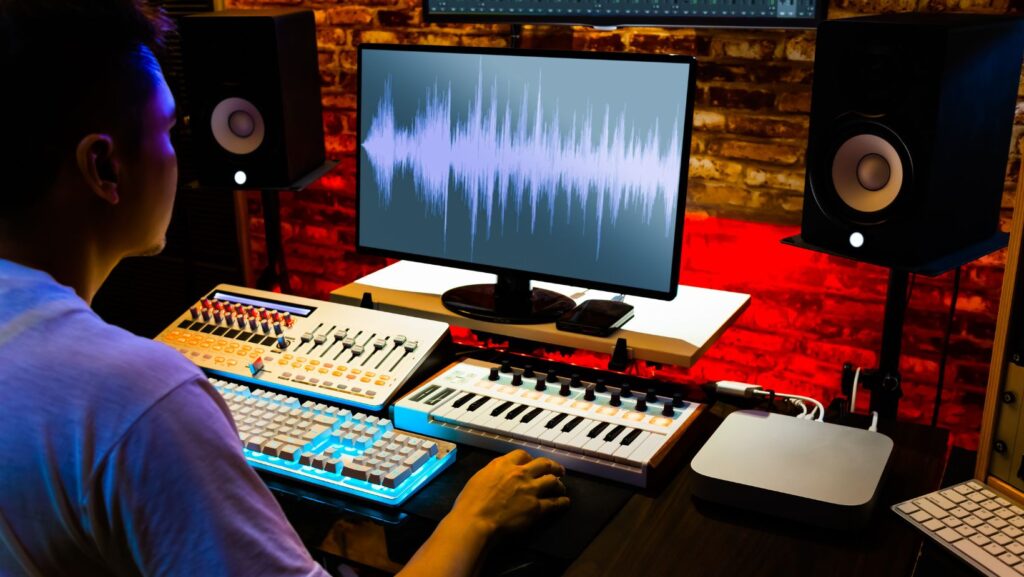To keep a banjo in good shape, it needs regular care and thoughtful maintenance. If maintained properly, this odd instrument, with its distinctive twang, can provide decades of musical joy. Here are essential maintenance tips for cleaning, string replacement, storage and more to help you keep your banjo in top shape. Whether you are a seasoned player or a beginner, these guidelines will help extend the lifespan of your instrument and improve the sound quality.
Clean Your Banjo Regularly
A banjo’s surface can become quickly covered with dust and dirt, which can affect both its appearance and its performance. After playing the banjo for a long time, the body, fretboard, and strings are all prone to grime buildup. After each session, wipe down the body and the neck with a soft, dry cloth. If stubborn spots, lightly dampen the cloth with water or a gentle instrument cleaner designed for stringed instruments.
The head of the banjo is sensitive to too much moisture, so be careful with it. To remove any dust or dirt from the head, use a soft brush without scratching or damaging the surface.This routine cleaning will help keep it shiny and free of harmful debris.
Replace Strings When Needed
After a vast amount of time playing and exposing the banjo strings to environmental factors, the banjo strings tend to wear out naturally. Poor sound quality, difficulty tuning, and possible instrument damage to other parts of the instrument can all come from worn-out strings. It’s important to change the strings at proper intervals so that its tone is crisp and vibrant.
To replace the strings without throwing the neck into sudden tension, take one string off at a time. Once you remove the old string, gently clean underneath it before installing the new string. After replacing all strings, tune your banjo carefully, and watch the new strings settle and stretch for a while. Not only does that make for a more pleasing sound, but it also extends the life of the neck and tuning pegs.
Keep the Fretboard in Good Condition
The fretboard is one of the most used parts of the banjo as well as the most frequently neglected part. With time, natural oils from your fingers can leave behind build-up on the fretboard, causing a sticky or dull surface. To prevent this, clean the fretboard yourself periodically with a specialised fretboard cleaner or with a slightly damp cloth.
If you have a wooden fretboard and you want to keep it nice and fresh, try to use a small amount of lemon oil in there and keep it from drying out or cracking. Make sure you don’t apply too much oil and wipe away any excess to reduce residue buildup. Keeping the fretboard in top shape will help you play better and keep the neck of the banjo intact.
Store Your Banjo Properly
Proper storage plays a critical role in maintaining your banjo’s condition. Exposure to extreme temperatures, humidity and direct sunlight can cause warping, cracking, or other damage. Always store your banjo in a well-ventilated, stable environment, preferably in a hard case designed for the instrument. Avoid leaving it in places like a car or near windows where temperature fluctuations occur.

For those in humid climates, using a dehumidifier or humidity control pack inside the banjo case can help regulate moisture levels and prevent damage. Likewise, avoid overly dry environments, which can cause the wood to crack. Storing the banjo correctly will safeguard it from environmental harm and ensure it’s always ready to play.
Tighten the Banjo Head as Needed
The tension of the banjo head influences the instrument’s sound quality. Over time, the head may loosen, affecting both volume and tone. Periodically check the tension by gently pressing on the head near the bridge—if it feels too loose, it might be time to adjust the tension. Use a banjo wrench to tighten the hooks evenly around the head, being careful not to over-tighten, as this could damage the head.
A properly tensioned head enhances the banjo’s resonance, providing a more balanced and bright sound. It’s a simple yet effective way to ensure your instrument stays in peak performance.
Check and Maintain Hardware
The metal components of your banjo, including the tuning pegs, tailpiece and bridge, require attention as well. Over time, screws and bolts can loosen, which might cause rattling or instability. Periodically inspect these parts and tighten any that seem loose. Additionally, if your banjo has metal components prone to tarnishing, a metal polish can help restore its shine.

When adjusting or cleaning the hardware, avoid using excessive force, which could cause damage. A well-maintained banjo not only sounds better but also looks polished and professional.
Preserving Sound and Performance
Proper maintenance of a banjo ensures that it continues to produce its characteristic bright, lively sound for years to come. By incorporating routine cleaning, timely string replacements, and careful storage practices into your banjo care regimen, you can extend the life of your instrument while preserving its optimal performance. With a little effort and attention, your banjo will reward you with rich, resonant tones and dependable playability every time you pick it up.



